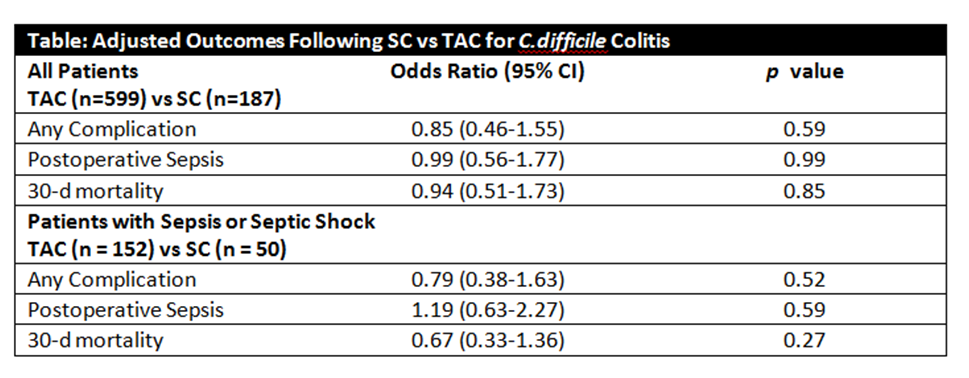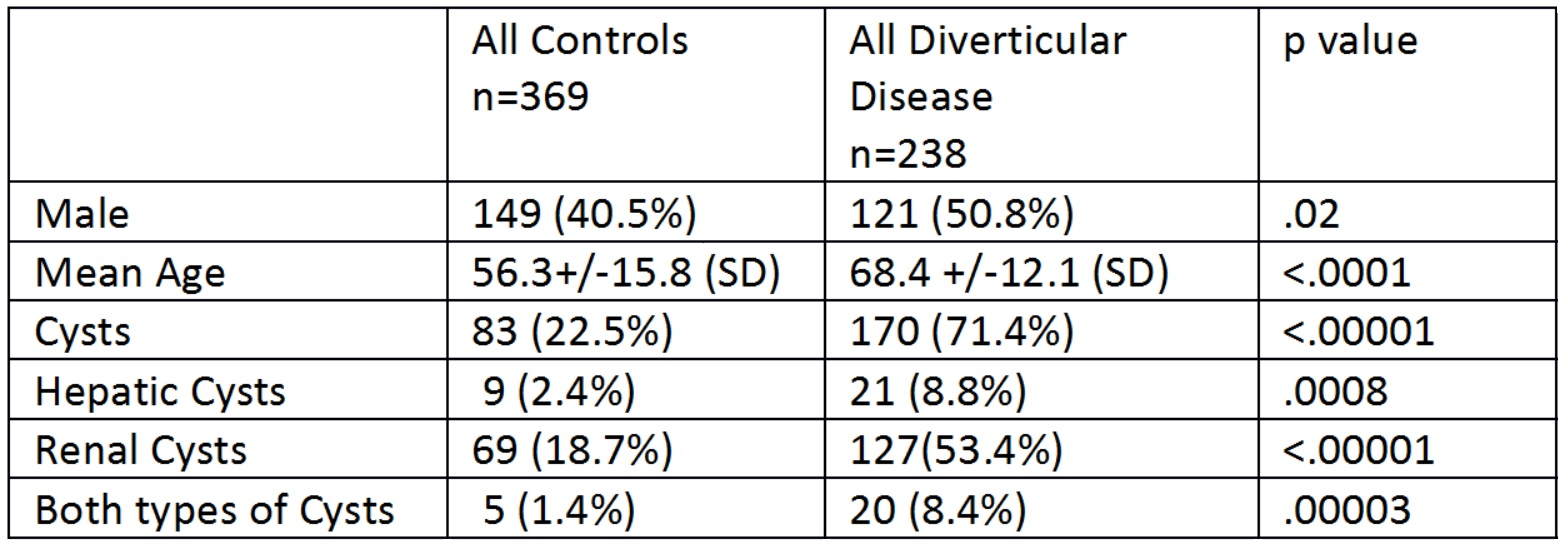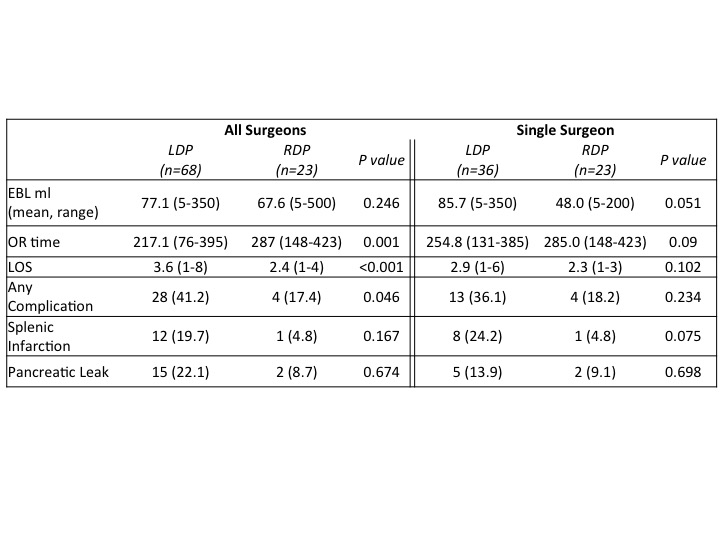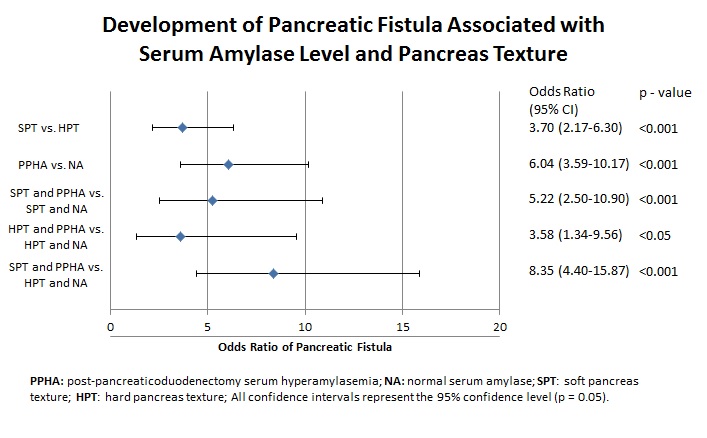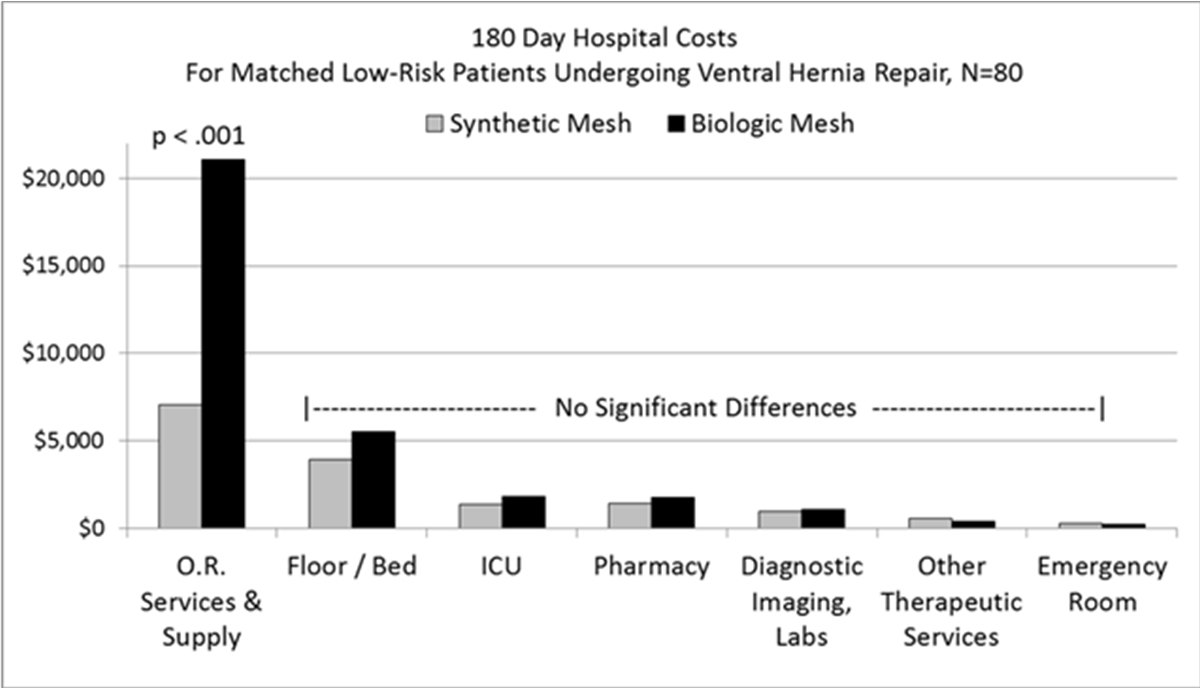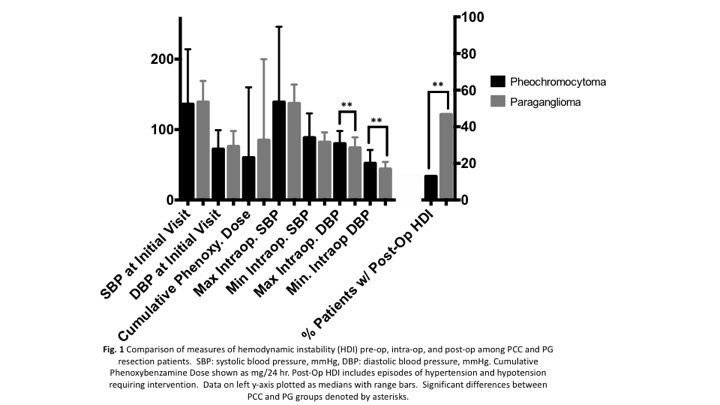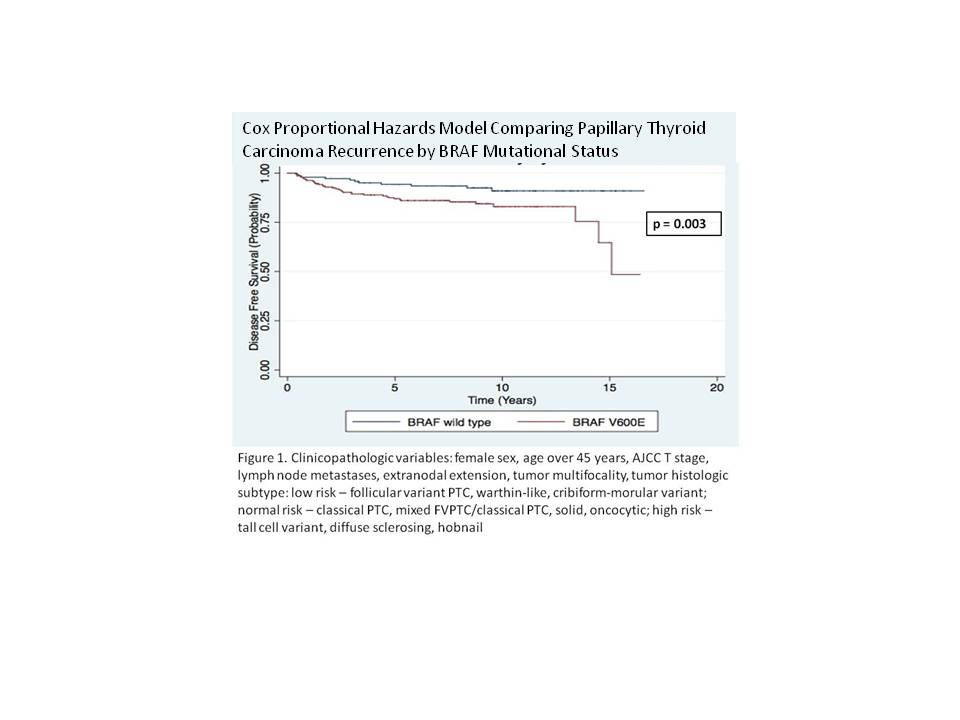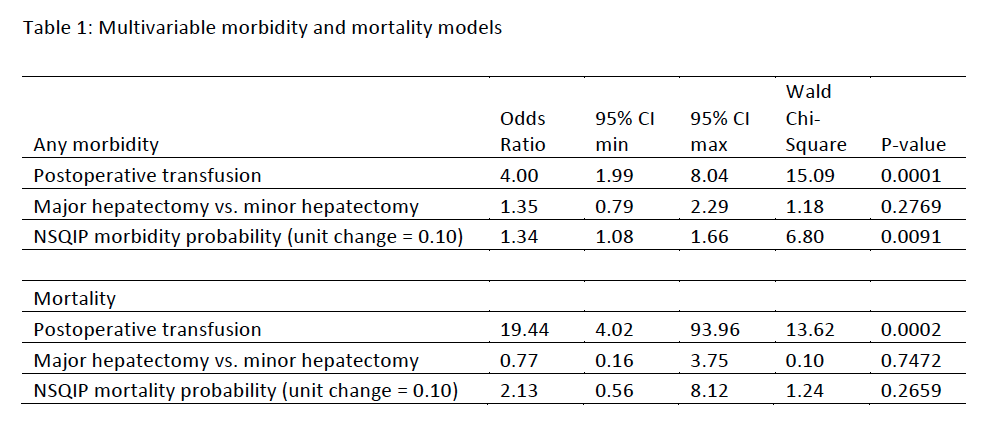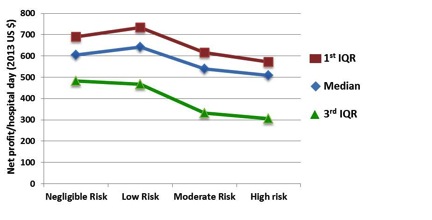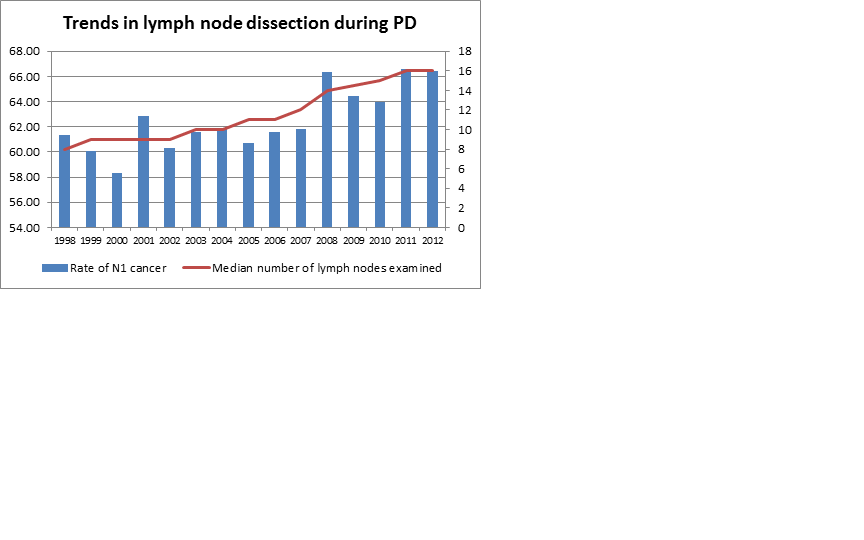S. E. Horne3, S. M. Cruz1,3, S. Nuthakki2, P. E. Lau1,3, D. A. Lazar1,3, S. E. Welty2, O. O. Olutoye1,3 1Baylor College Of Medicine,Department Of Surgery,Houston, TX, USA 2Texas Children’s Hospital,Pediatrics,Houston, TX, USA 3Texas Children’s Hospital,Pediatric Surgery,Houston, TX, USA
Introduction:
Necrotizing Enterocolitis (NEC) is the most common gastrointestinal emergency of the preterm infant with an incidence of 5-10%. It is traditionally diagnosed with a combination of physical examination and plain radiographs of the abdomen. The diagnostic role for ultrasound in NEC is uncertain. We hypothesized that ultrasound (US) is as sensitive as plain radiographs in the diagnosis and management of NEC.
Methods:
The medical records of all infants with NEC in a single pediatric tertiary center from January 2006- January 2013 were reviewed. In order to factor in NEC’s rapid rate of changes in pathologic findings, patients that underwent US within four hours of abdominal XR were included in the analysis. Bell’s Criteria were utilized to stage each patient during his/her course. Clinical, radiologic, surgical and pathological findings were reviewed. Statistical analysis was performed using Student's t-test and Mann-Whitney U test for continuous variables and Fisher's exact for categorical variables.
Results:
During this period, 186 neonates were diagnosed with NEC, of which 26 met inclusion criteria. It was noted that US was done for confirmatory purposes in these 26 patients after plain radiographs did not agree with clinical findings. Plain radiographs and ultrasound were taken within an average of 2.46 ± 1.17 hrs of each other. At the time of XR and US, the Bell’s staging of the patients was Stage 1 in 27% of the cases (n=7), Stage 2 in 42% (n=11), and Stage 3 in 31% (n=8). There were 92% preterm infants, 38.5% had congenital anomalies (i.e. omphalocele, congenital neck mass, and Congenital High Airway Obstruction Syndrome), 19% had cardiac abnormalities, and 23% had patent ductus arteriosus. The survival rate of our NEC population was 65% (n=17). Surgical intervention was undergone in 65% (n=17) of our patients in which the median time between imaging findings and time of surgery was 2 (0-59) days. When comparing both modality for reliability in detecting intestinal ischemia and/or perforation with surgical findings, US had a sensitivity of 72% with a positive predictive value (PPV) of 93% while plain radiographs had a sensitivity of 42% with a PPV of 100%. In all cases that required surgical drainage (n=4), ultrasound findings of complex fluid collections guided the decision for bedside surgical drainage where plain radiograph did not suggest free fluid.
Conclusion:
In this study, ultrasound proved to be helpful in assessing the need for surgical interventions in neonates where diagnosis of advanced NEC is ambiguous. US appeared to be more sensitive in reliably detecting intestinal perforation/ischemia in comparison to plain radiographs. However, both plain radiographs and ultrasound play a key role in the diagnosis and should be considered conjunctively during the management and treatment of NEC.
